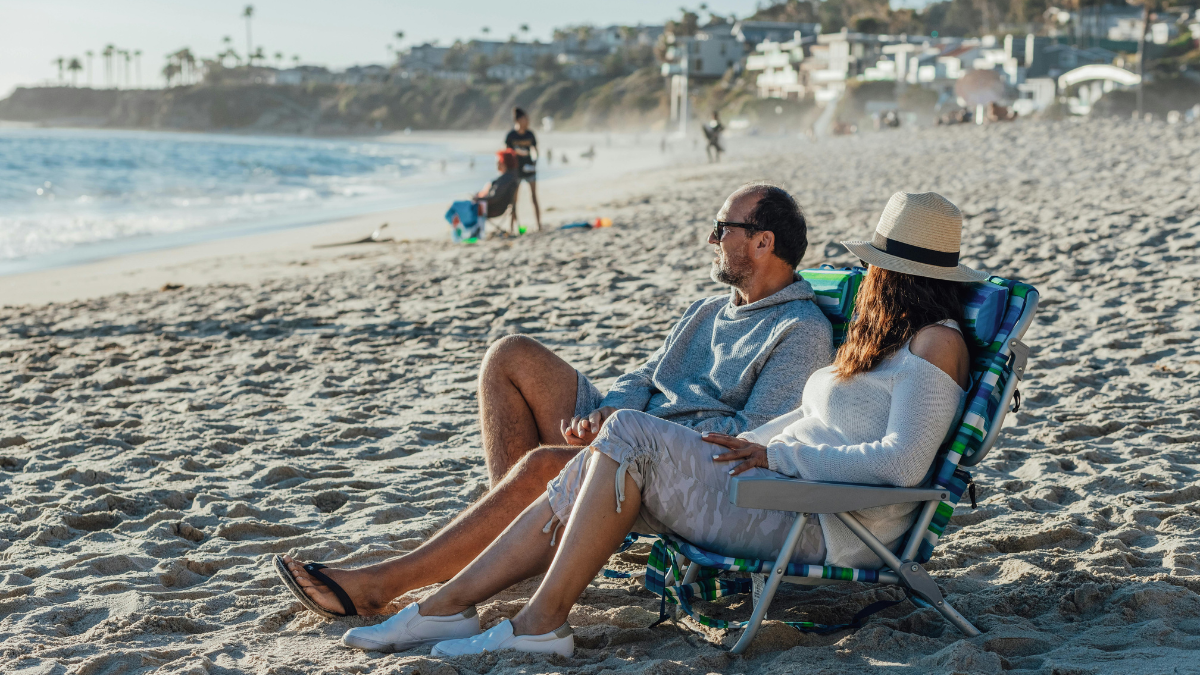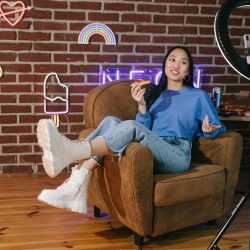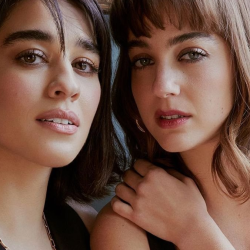Something weird is happening in the world of content platforms…
TikTok launching into long-form. Spotify pushing harder into video. YouTube growing in the domain of podcasts and essays (yes, essays…). Twitch doing music gigs. Netflix becoming ‘readable’. Right now, the content ecosystem is a place of restless shape-shifting, with all the big names seemingly seeking to morph into something other than what we currently know them for. But scratch below the surface a little and these moves all start to make perfect sense… and, indeed, it becomes apparent that these seemingly divergent zig-zags are all a reflection of the same strategy.
Every platform is pursuing the same ultimate prize, albeit in slightly different ways. To wit: to become the pre-eminent content platform for the creator economy. This shape-shifting makes even more sense when you consider that — from a consumer POV — old delineations around content formats and types have long ceased to have any meaning. If we look at what people want in terms of content platforms, the answer is both simple and giddyingly complex: they want an ever-splintering variety of content, delivered across an ever-expanding array of screens and devices.
As formats bleed into each other (consider the fact that video is a readable format these days, with four out of five 18-25-year-olds viewing TV with the subtitles on) the old definitions are collapsing. It’s not about whether it’s audio, or video. Or whether it’s short or long, or whether it’s on a TV or a mobile screen. It’s all of the above, simultaneously, however I want it. Content isn’t defined by its format anymore, it’s defined by… well, its content. And channel is increasingly something that businesses think about, rather than consumers. From a ‘real person’ POV — I simply expect to be able to press a single button on whatever device I happen to be on at that time and have my favourite content appear. Heck, TikTok is even available as part of airline in-flight entertainment these days.
Perhaps the one delineation that does still exist — indeed has been reinforcing itself — is between creator-led content and corporate-led content. Even there, we do see the lines blurring a little. For example, creator-led documentaries on YouTube are, at times, very similar to the kind of factual content you might find on Netflix. But overall, we can see two content edifices beginning to straddle the landscape: the traditional, corporate-led, network-powered entertainment media system. And then, the creator economy; fulfilling different niches, breaking beyond traditional media formats and building myriad communities as it does so.
From a platform perspective, creator economy content is one of the key games in town
And that’s reflected in the mission statements of many of the big content platforms. YouTube’s CEO says that ‘protecting the creator economy is foundational to everything we do’. Spotify’s mission is ‘to unlock the potential of human creativity’, TikTok’s is to ‘inspire creativity’. And Twitch sees itself as a live streaming experience, in which people come together to create unique live content. Creator communities as content generators underpin the vision of all these platforms: indeed, YouTube describe creators as ‘next generation studios’. Winning in this world means successfully morphing to own a larger and larger footprint within this creator content ecosystem, and it’s something YouTube seems to be doing pretty well. The company recently revealed that it now earns $15B from its subscriptions business, growing at a faster rate than Google’s historically core search business — testament to the value users attach to YouTube’s content.
That’s well above Spotify’s subscription revenue, for example — and Spotify is a business historically built on a paid-for model, whereas YouTube has had to work hard to convert a product more commonly seen as ‘free’ and ad-funded. But how has it done this? In part, through ambition. The company recently stated its focus that living rooms and subscriptions are the ‘next frontier’ for the business, expanding its footprint well beyond free mobile video. An ambition is one thing, but making it happen is another.
A key element of success in this strategy (aside from the platform’s increased presence on Connected TVs) has been its accumulation of tent pole entertainment franchise rights — under banners like the NFL Sunday Ticket platform, and Primetime channels. The ability to offer this kind of big-ticket sports and TV property programming has been transformative to what the platform is in the eyes of the consumer, and what it can be going forward.
Which brings us all the way back round to independent creators
Because as a platform built to honour and represent the creator economy, a strategy of leaning on established, corporate network IP as opposed to independent creators is surely divergent from the core mission? Actually — not at all. Instead, YouTube is creating a fantastically effective and virtuous loop, with the creator-economy and tent pole franchises having perhaps unexpected but nonetheless powerful connections commercially. Allowing independent creators access to IP and content that they can play with adds richly to the creator economy arsenal. As does the ability to bring eyeballs to those creators through the reach and popularity of those established entertainment IPs.
Put simply: YouTube is bringing the two worlds of corporate-led entertainment and creator-led entertainment together.
In many ways, though, YouTube’s potential ability to win the battle for the creator economy content landscape comes back to something much more old-school: its brand. Whilst Spotify is perhaps indelibly known for music and podcasts, Twitch for gaming, TikTok for short-form social — YouTube has in its relatively longer tenure as a consumer platform meandered across a variety of formats.
Starting with UGC but then migrating across music, live sport, TV and a host of other content types, formats and channels, in consumer minds, the brand is arguably much further down the road of becoming a multi-faceted content platform. But what happens next in this world comes back to the individuals who sit at the heart of the entire ecosystem: the creators, and their communities. It is these groups who are innovating and shaping the content landscape — the direction things move in next is in their hands.
Featured image: YouTube NFL Sunday Ticket

































